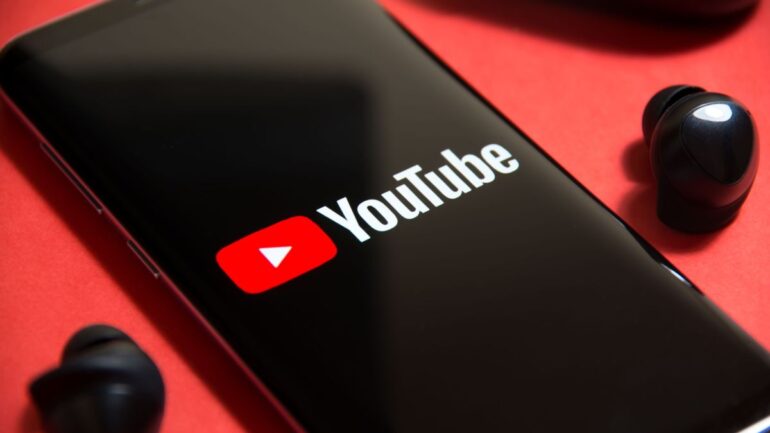TL;DR:
- YouTube will label videos using AI for realistic content.
- Creators must disclose AI usage or risk account suspension.
- The policy aims to combat deceptive AI-generated “deepfake” videos.
- Meta and TikTok also implementing AI transparency rules.
- YouTube introduces content removal request system.
- Focus on addressing non-consensual AI deepfakes targeting individuals.
Main AI News:
In a move to address growing concerns over the use of artificial intelligence in creating deceptive videos, YouTube is set to implement a new policy that requires creators to disclose when they employ AI or other digital tools to produce realistic-looking altered or synthetic content. This decision, announced by the Google-owned video platform, comes as part of their effort to maintain transparency and accountability within their content ecosystem.
Under this forthcoming policy, YouTube will begin labeling videos that utilize AI technology to simulate an identifiable person, giving viewers a clear indication of the content’s origin and nature. Creators who fail to comply with this disclosure requirement risk having their accounts suspended or losing access to advertising revenue on YouTube. This policy will take effect in the coming months, marking a significant step towards combating the proliferation of deceptive AI-generated content, commonly referred to as “deepfakes.”
The rise of generative AI technology has sparked concerns about the potential misuse of such tools to deceive and manipulate audiences. These concerns range from depicting fabricated events to making real individuals appear as if they are saying or doing things they never did. In response to these challenges, online platforms are developing new rules to strike a balance between the creative potential of AI and the risks it presents.
Meta, the parent company of Facebook and Instagram, has also taken steps to address the issue of AI transparency. Starting next year, Meta will require advertisers to disclose their use of AI in ads related to elections, politics, and social issues. Furthermore, the company has prohibited political advertisers from employing Meta’s own generative AI tools for advertising purposes.
TikTok, another major player in the social media landscape, has implemented its own policies regarding AI-generated content. The platform mandates that content depicting “realistic” scenes created with AI must be clearly labeled. Additionally, TikTok restricts the use of AI-generated deepfakes involving young people and private individuals. While AI-generated content featuring public figures is permitted in certain scenarios, it is prohibited in political or commercial endorsements on the platform.
YouTube’s efforts to address AI-generated content extend beyond labeling. The platform is also introducing a mechanism that allows users to request the removal of AI or synthetic depictions of real individuals. This feature is particularly relevant given the widespread use of AI deepfakes for non-consensual purposes, often targeting women. YouTube’s privacy request process will enable individuals to report content that simulates an identifiable person, including their face or voice. The company will evaluate removal requests based on various factors, such as whether the content is parody or satire, the uniqueness of the individual’s identification, and the prominence of the person or public official involved.
Conclusion:
The introduction of YouTube’s new policy to label AI-generated videos signifies a significant step toward transparency and accountability in the digital content landscape. This move aligns with broader industry efforts to combat the deceptive use of AI in generating misleading content. Market players need to adapt to these evolving regulations and technologies to maintain trust and credibility in their platforms and content offerings.

